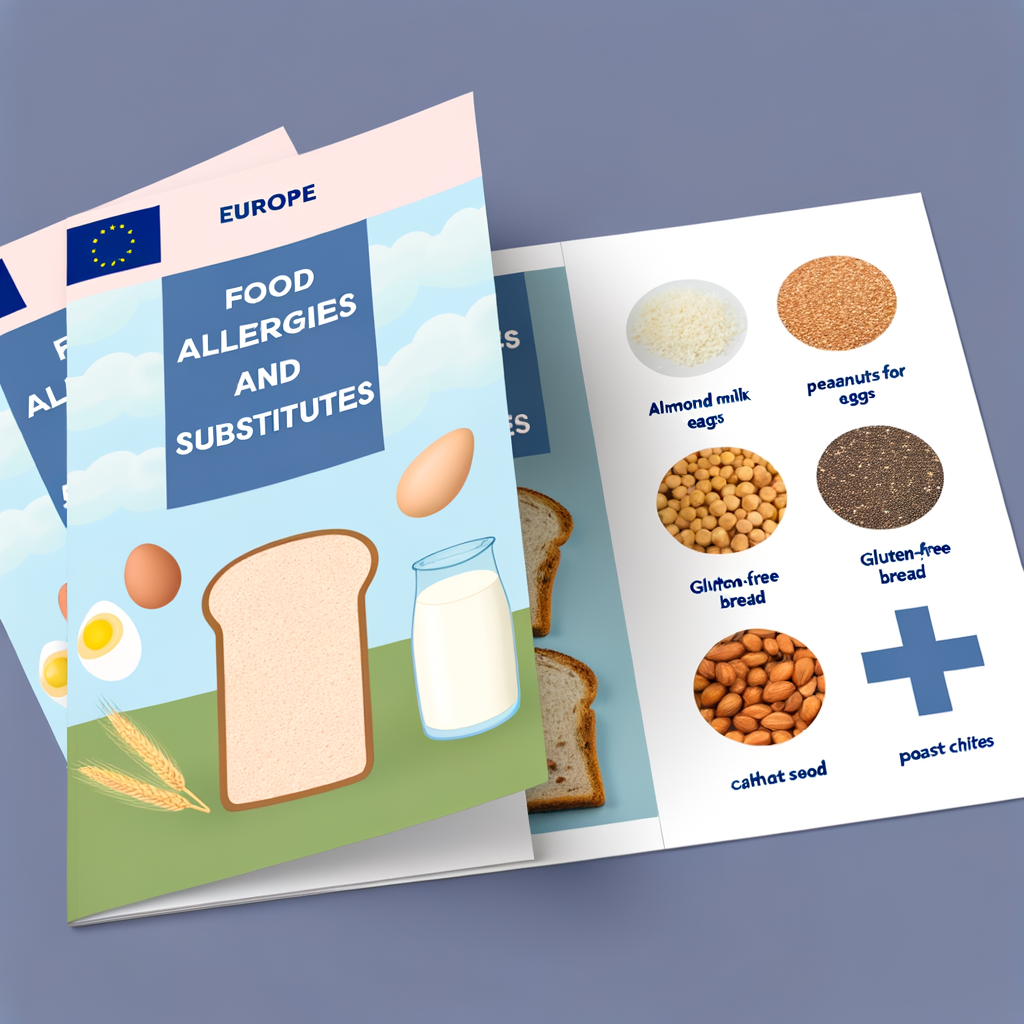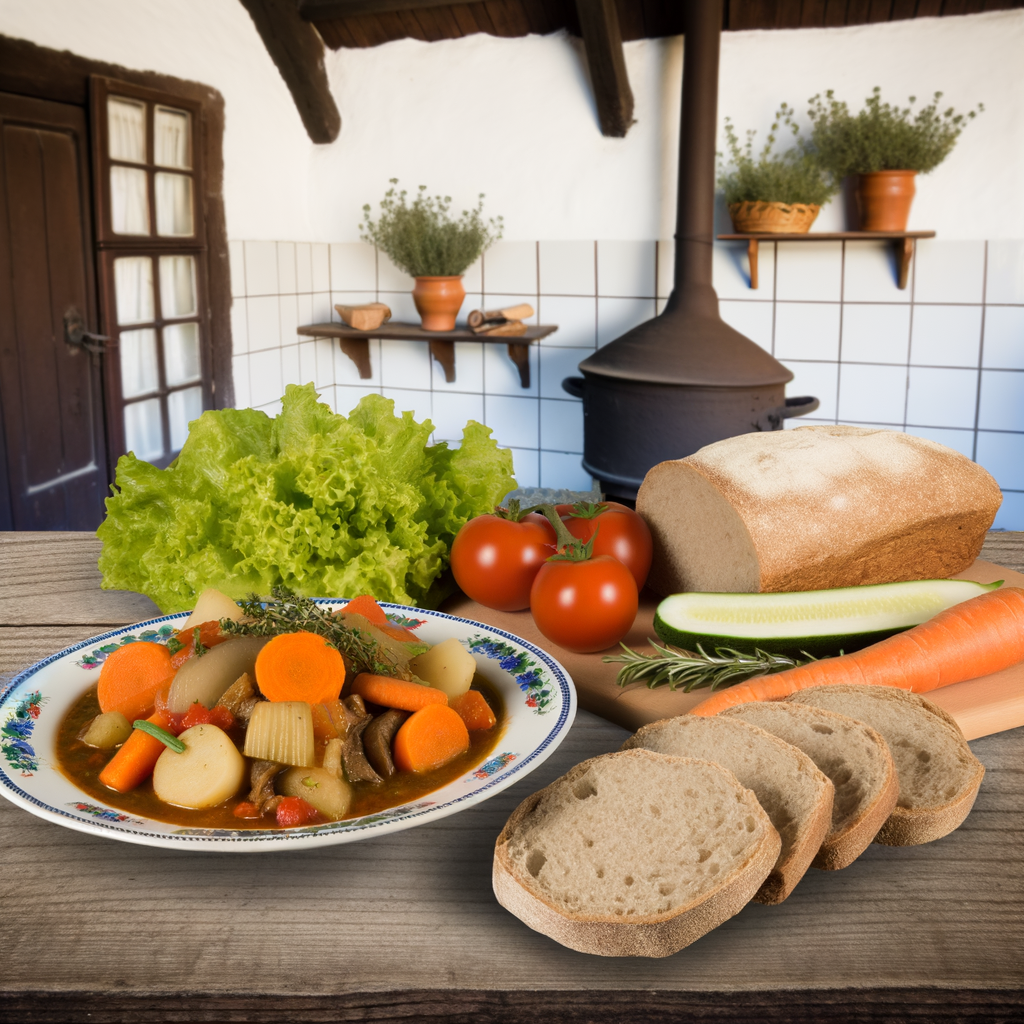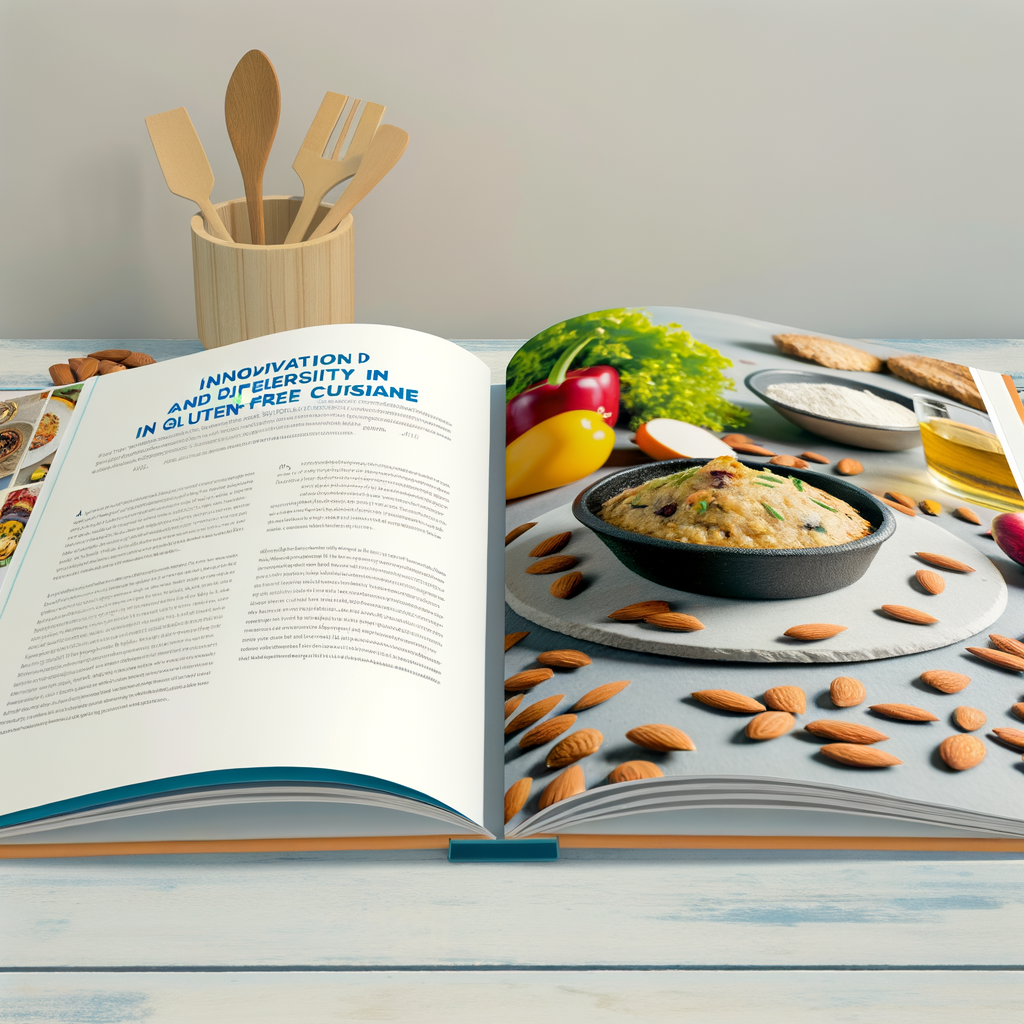Food allergies are becoming increasingly common in Europe. It is estimated that nearly 20% of the population is affected by some form of food allergy. This can make it challenging to enjoy traditional recipes that may contain ingredients that trigger allergic reactions. However, there are plenty of substitutes available that can help you continue to enjoy delicious meals without compromising your health.
One of the most common food allergies in Europe is gluten intolerance. This can make it difficult to enjoy dishes that contain wheat, barley, or rye. Luckily, there are many gluten-free alternatives available such as rice, quinoa, and corn. These grains can be used in place of wheat flour to make bread, pasta, and other dishes.
For those with dairy allergies, there are now a variety of plant-based milks available such as almond, coconut, and oat milk. These can be used in place of cow’s milk in recipes and even for baking.
Nut allergies are also a common concern for many Europeans. But don’t worry, there are plenty of nut-free options available. Sunflower seeds, pumpkin seeds, and sesame seeds can be used as substitutes for nuts in recipes. And for those with severe nut allergies, soy or pea protein can be used as a substitute for nut-based ingredients.
It’s important to always read food labels and ask about ingredients when eating out to avoid potential allergens. But with so many substitutes available, there’s no need to sacrifice flavor and variety when dealing with food allergies. With a little creativity and experimentation, you can continue to enjoy delicious meals while keeping your allergies in check.





